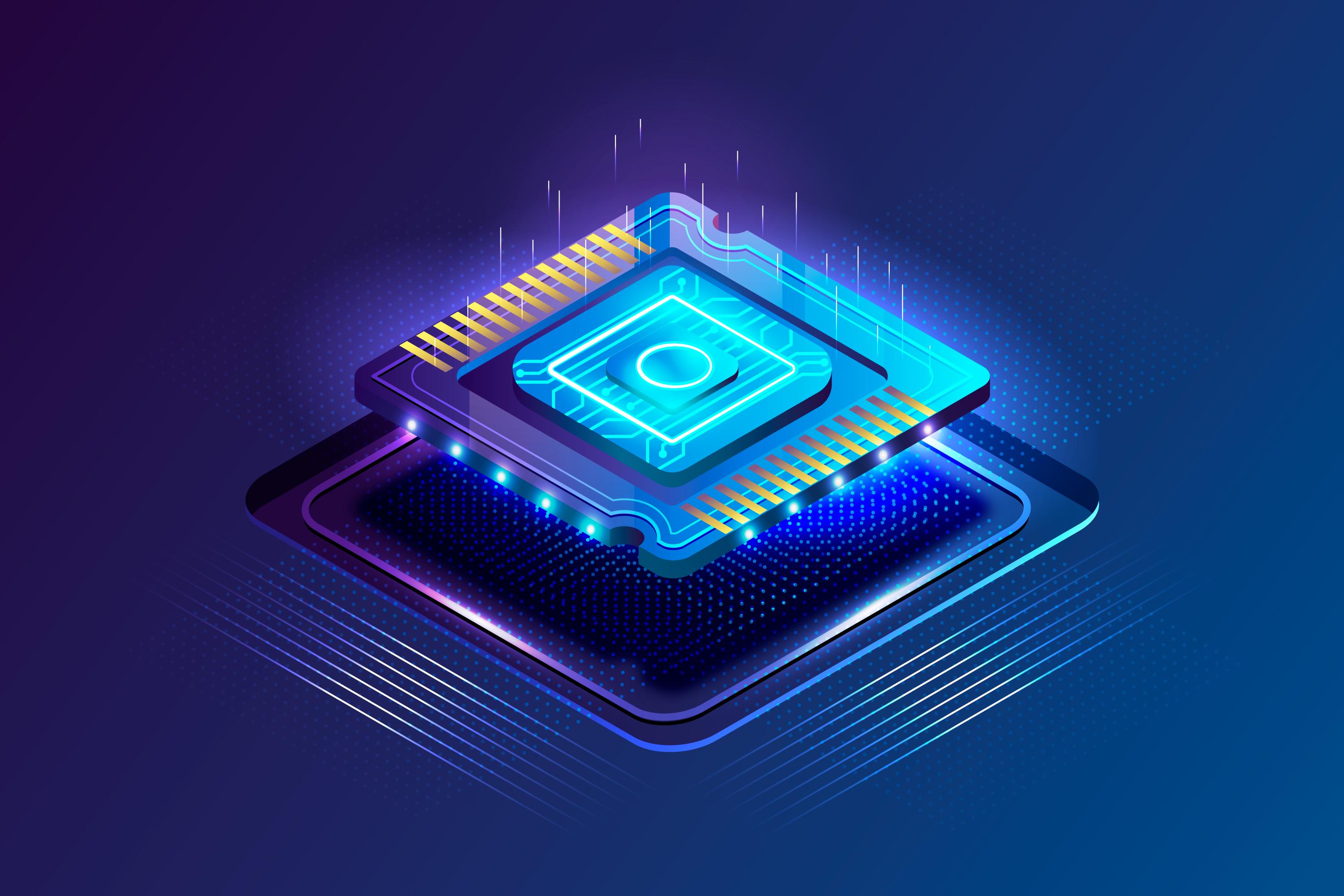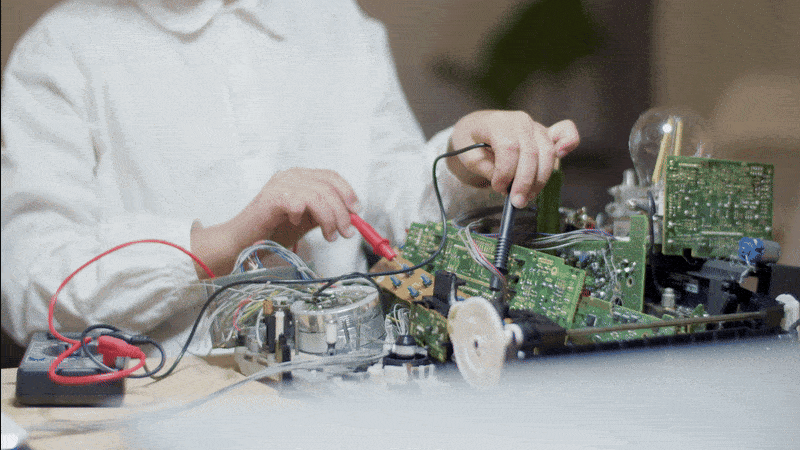The semiconductor industry is one of the most dynamic and fast-paced sectors globally, constantly evolving with the latest technological advances. Physical design, a critical component of semiconductor chip development, has become an indispensable skill for professionals looking to thrive in this highly competitive field. With increasing demand for faster, smaller, and more powerful devices, expertise in physical design can unlock a world of opportunities and drive success in the semiconductor industry.
In this article, we will explore the skills required to excel in semiconductor physical design, physical design techniques for semiconductor industry success, and physical design best practices for semiconductor professionals. Whether you're an experienced professional or a newcomer to the field, mastering physical design is the key to staying ahead in the competitive semiconductor market.
Mastering Physical Design: Key Strategies to Succeed in the Semiconductor Industry
Demystifying Semiconductor Physical Design
Physical design is the process of converting a semiconductor circuit's logical design into a physical layout that can be fabricated. The process involves creating the blueprint for the actual chip, including defining the placement of transistors, interconnections, and other components within the chip. This step is essential for ensuring that the chip can be manufactured with high yield, performance, and minimal power consumption.
Physical design begins after the logic design phase, where a high-level schematic or RTL (Register Transfer Level) description of the chip is provided. Engineers in physical design work to optimize the layout to meet performance, area, and power constraints. This involves a range of activities such as floorplanning, placement, routing, clock tree synthesis, signal integrity analysis, and physical verification.
Skills Required to Excel in Semiconductor Physical Design
To succeed in semiconductor physical design, professionals need a robust skill set that combines theoretical knowledge with practical expertise. Here are the key skills required to excel in this field:
Strong Understanding of Digital Logic and Circuit Design
Before diving into physical design, professionals must have a strong foundation in digital logic design and circuit theory. This includes understanding Boolean algebra, flip-flops, multiplexers, decoders, and arithmetic units. Familiarity with RTL (Register Transfer Level) design, hardware description languages (HDLs) like Verilog or VHDL, and digital simulation tools is also essential.
Proficiency in EDA Tools
Electronic Design Automation (EDA) tools are essential for physical design tasks such as floorplanning, placement, and routing. Mastery of industry-standard EDA tools like Cadence, Synopsys, and Mentor Graphics is crucial for performing tasks efficiently. Understanding tool-specific features and the ability to troubleshoot and optimize designs using these tools is necessary for semiconductor professionals.
Knowledge of Process Technology and Design Rules
An in-depth understanding of the semiconductor manufacturing process is crucial for effective physical design. This includes knowing the limitations and capabilities of the fabrication process, such as minimum feature sizes, metal layer stack-up, via types, and other design rules. Professionals must work within the constraints of these design rules to ensure manufacturability and yield optimization.
Timing and Signal Integrity Analysis
Physical design professionals must ensure that the chip meets timing constraints (i.e., the chip must operate correctly at the target clock speeds). Understanding timing analysis, including static timing analysis (STA), is essential for evaluating the chip's performance. Additionally, signal integrity is crucial for high-speed circuits, and professionals should be able to analyze and mitigate issues such as crosstalk, noise, and power delivery.
Floorplanning and Layout Optimization
Floorplanning is one of the most important stages of physical design. It involves placing macro-blocks, standard cells, and other components within a defined area, ensuring that the design fits within the chip's physical constraints. Expertise in floorplanning and layout optimization techniques such as congestion management, power grid design, and partitioning is essential for success in physical design.
Knowledge of Power and Thermal Management
Power consumption and heat dissipation are critical concerns in semiconductor designs. Physical design engineers must incorporate power optimization techniques, such as clock gating, power gating, and multi-threshold CMOS (MTCMOS), to reduce power consumption. Thermal management, which involves designing for effective heat dissipation, is also an essential skill for ensuring that the chip can function reliably under various operating conditions.
Attention to Detail and Problem-Solving Skills
Physical design professionals must be meticulous in their work, as even small errors can lead to significant issues during fabrication. Attention to detail is vital when it comes to layout, signal integrity, and timing analysis. Strong problem-solving skills are necessary for debugging design issues and optimizing layouts to meet stringent performance, power, and area requirements.
Physical Design Techniques for Semiconductor Industry Success
In the competitive semiconductor industry, applying the right techniques and methodologies can make the difference between success and failure. Below are some of the key physical design techniques that can help professionals achieve success in the industry.
Advanced Floorplanning Techniques
Floorplanning is the first step in physical design, and applying advanced floorplanning techniques can greatly impact chip performance. A well-designed floorplan helps minimize wire length, reduce congestion, and ensure better power distribution. Techniques like hierarchical floorplanning, power/clock mesh planning, and handling macro placement and partitioning are essential for optimal layout and performance.
Placement Optimization
Placement refers to the process of determining where each individual cell or block in the design will reside within the chip. Effective placement optimization aims to minimize wire length, reduce congestion, and balance power distribution. Professionals often use optimization algorithms such as simulated annealing, genetic algorithms, and machine learning-based techniques to find the optimal placement solution.
Clock Tree Synthesis (CTS)
Clock tree synthesis (CTS) involves designing the clock distribution network to ensure that the clock signal reaches all parts of the chip at the right time. An optimized clock tree is critical for meeting timing constraints and ensuring that the chip operates correctly. Professionals need to ensure low skew, balanced load distribution, and minimal power consumption in the clock tree design.
Routing Techniques
Routing is the process of connecting the components in the layout using metal layers. Effective routing techniques are essential for optimizing chip performance and ensuring that the design meets timing and power constraints. Some advanced routing techniques include global routing, detailed routing, and the use of machine learning to optimize routing paths.
Signoff and Physical Verification
Physical verification ensures that the design meets the foundry's manufacturing rules. Engineers must use signoff tools to check for Design Rule Violations (DRVs), Electrical Rule Violations (ERVs), and other manufacturing issues that could impact chip quality. Techniques like parasitic extraction and the use of advanced verification tools (e.g., Calibre, Hercules) are crucial for ensuring design correctness.
Physical Design Best Practices for Semiconductor Professionals
To excel in the semiconductor industry, professionals must follow industry best practices that promote high-quality design and efficient workflows. Below are some best practices to adopt in semiconductor physical design:
Collaboration with Cross-Functional Teams
Physical design engineers must collaborate closely with other teams, such as logic design, verification, and testing teams. Effective communication and coordination are key to ensuring that all aspects of the design are aligned and that potential issues are identified early in the development process.
Emphasizing Early-Stage Design Validation
One of the best practices for physical design success is validating the design early in the process. Early-stage validation helps identify design issues and avoid costly changes later in the development cycle. Techniques like early timing analysis, power analysis, and simulation can help ensure that the design is on track before moving to later stages.
Continuous Learning and Staying Updated
The semiconductor industry is constantly evolving, and professionals need to stay updated with the latest technologies, tools, and techniques. This requires continuous learning through attending workshops, online courses, reading industry journals, and participating in professional organizations. Keeping up with trends such as 3D ICs, FinFET technology, and AI-based design optimization can give professionals a competitive edge.
Optimization for Yield and Manufacturability
Designing with manufacturability in mind is essential for ensuring high yield and low defect rates during fabrication. Following best practices for layout optimization, avoiding design rule violations, and considering the impact of process variation can significantly improve the chances of producing a high-quality chip.
Conclusion
To excel in the semiconductor industry, professionals must develop expertise in physical design and leverage the right skills, techniques, and best practices. From mastering EDA tools to understanding process technology and optimizing layouts, physical design is a multifaceted discipline that plays a crucial role in the success of semiconductor products. By continuously honing their skills and staying updated with the latest trends, semiconductor professionals can remain competitive in this rapidly evolving field and contribute to the development of innovative, high-performance chips.
By implementing these strategies and techniques, semiconductor professionals can position themselves for success and make a meaningful impact in the industry.

Why VLSIFIRST Is the Best Career Launchpad for ECE, EEE & CSE Graduates
Discover why ECE, EEE, and CSE graduates choose VLSIFIRST for high-paying VLSI careers. Learn how industry-ready training, projects, and placements accelerate your journey.

Engineering Completed? How VLSIFIRST Helps You Enter VLSI Faster
Discover how VLSIFIRST helps engineering graduates fast-track their VLSI careers with industry-ready training, projects, mentorship, and job-oriented skill development.

Clock Gating vs Power Gating: Implementation, RTL Flow & Verification Guide
Learn how to implement clock gating and power gating with RTL design steps, backend changes, UPF flow, and a full verification checklist for efficient low-power VLSI design.
_11zon.jpg)
What to Do After Engineering? Why VLSIFIRST Leads Chip Design Careers
Discover why VLSIFIRST is becoming the top choice for engineering graduates pursuing VLSI and semiconductor careers. Explore job roles, growth, and industry-ready training benefits.

VLSI Career Roadmap for Engineering Graduates: Step-by-Step Guide
A complete VLSI career roadmap for engineering graduates. Learn skills, domains, tools, and steps to become a successful semiconductor engineer in the chip design industry.
RoI Of VLSI Training, Nanotechnology Careers, B Tech To VLSI Engineer A Strategic Career Roadmap, Physical Design Training, IoT Mini Projects For ECE Students, VLSI Interview Preparation Eee Graduates, Best Online Course For ECE Engineers, Career Growth In VLSI Startups Vs VLSI MNCs, VLSI RTL Design and Verification Training in Kochi, Key Skills Required For Physical Design Engineering, VLSI Design For EEE Graduates, Which Graduates Earn More CSE Or ECE, Importance Of VLSI Internship
Hours
Copyright 2025 © VLSI Technologies Private Limited
Designed and developed by KandraDigitalCopyright 2025 © VLSI Technologies Private Limited
Designed, Developed & Marketing by KandraDigital
